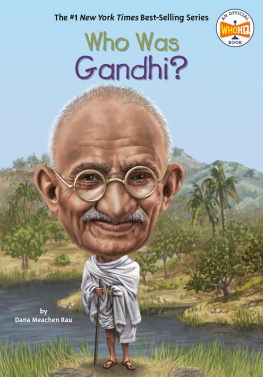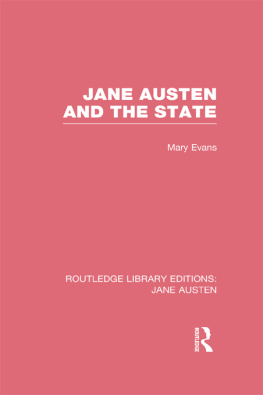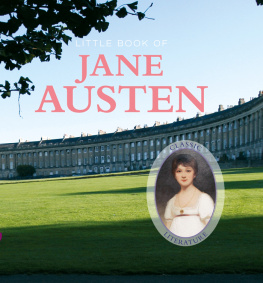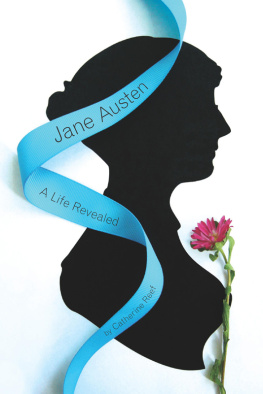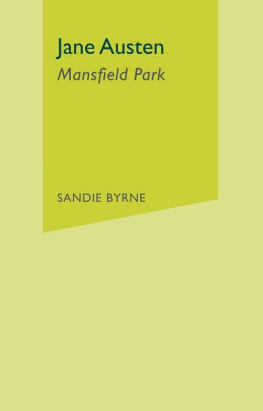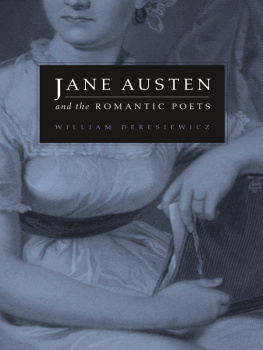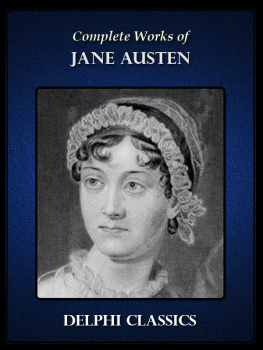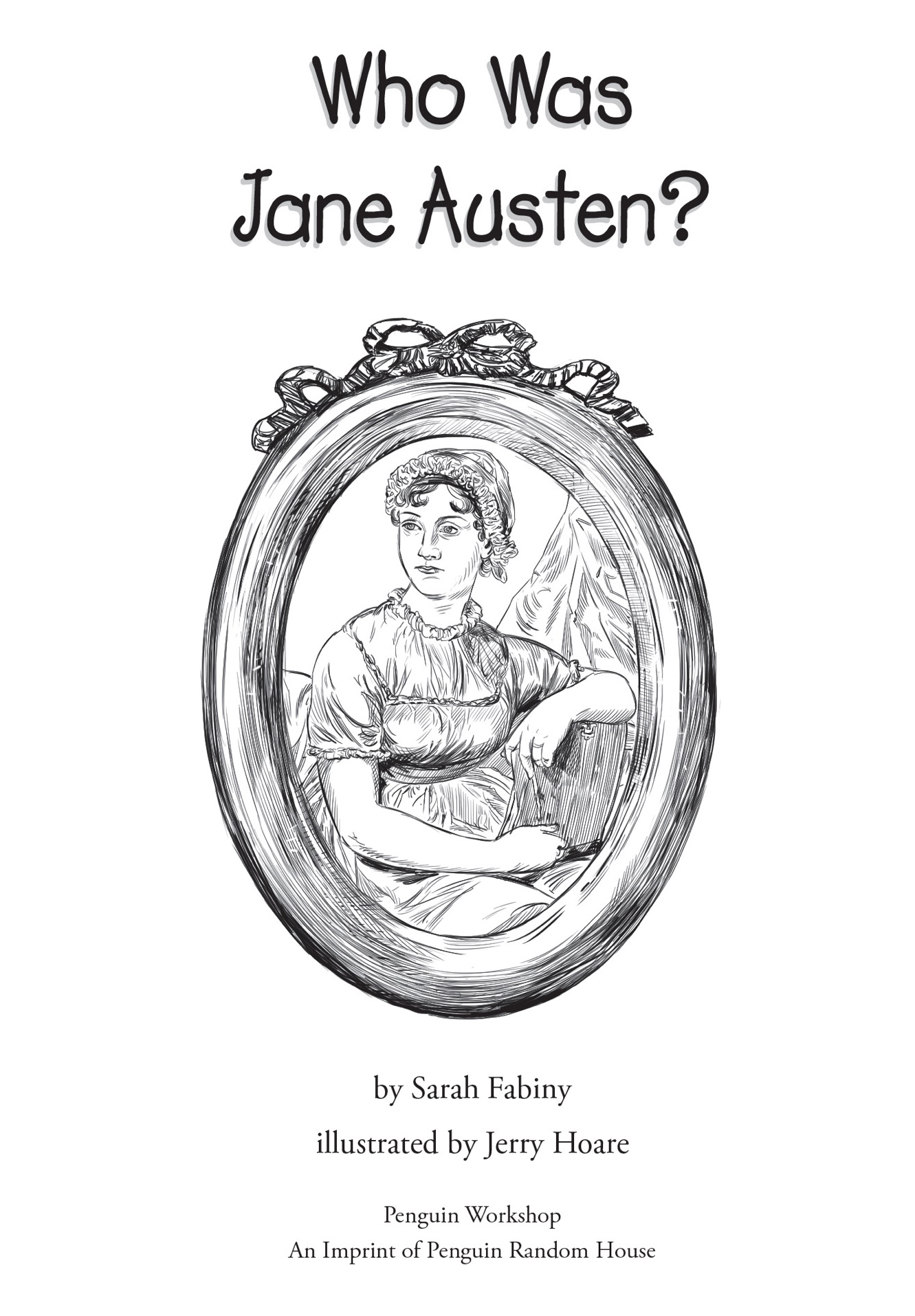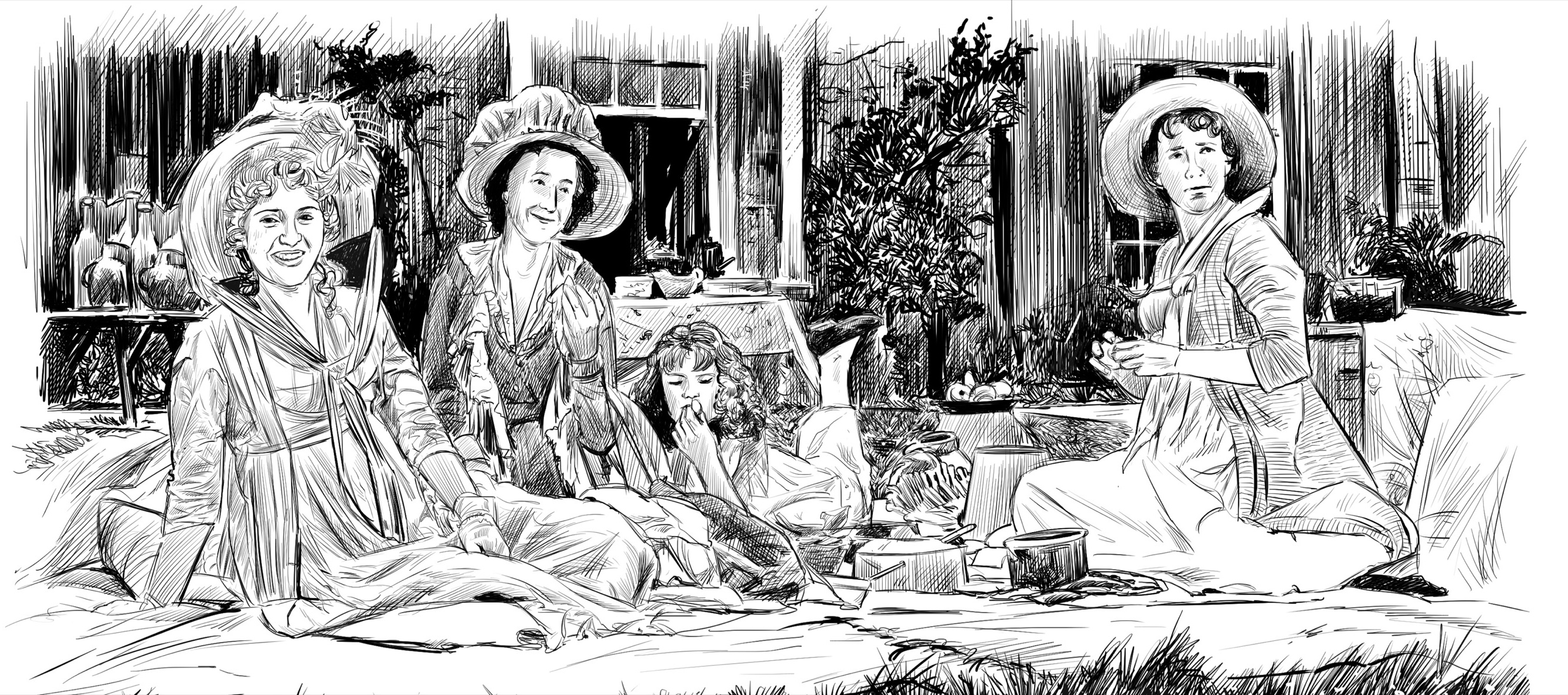For my mom, who taught me there is no enjoyment like reading!SF
PENGUIN WORKSHOP
Penguin Young Readers Group
An Imprint of Penguin Random House LLC

If you purchased this book without a cover, you should be aware that this book is stolen property. It was reported as unsold and destroyed to the publisher, and neither the author nor the publisher has received any payment for this stripped book.
Penguin supports copyright. Copyright fuels creativity, encourages diverse voices, promotes free speech, and creates a vibrant culture. Thank you for buying an authorized edition of this book and for complying with copyright laws by not reproducing, scanning, or distributing any part of it in any form without permission. You are supporting writers and allowing Penguin to continue to publish books for every reader.
The publisher does not have any control over and does not assume any responsibility for author or third-party websites or their content.
Text copyright 2017 by Sarah Fabiny. Illustrations copyright 2017 by Penguin Random House LLC. All rights reserved. Published by Penguin Workshop, an imprint of Penguin Random House LLC, 345 Hudson Street, New York, New York 10014. PENGUIN and PENGUIN WORKSHOP are trademarks of Penguin Books Ltd. WHO HQ & Design is a registered trademark of Penguin Random House LLC.
Library of Congress Cataloging-in-Publication Data is available.
ISBN 9780448488639 (paperback)
ISBN 9780515157994 (library binding)
ISBN 9781524786540 (ebook)
Version_1
Contents
Who Was Jane Austen?
Every year, People magazine publishes a special issue. The magazine focuses on the twenty-five most interesting people of the year. In 1995, their list included President Bill Clinton; Brad Pitt, one of the worlds most famous movie stars; Princess Diana, the peoples princess; and Jane Austen, the author of six best-selling books. It was not a surprise that the president of the United States would be on the list, but Jane Austen had been dead since 1817!
But in 1995, several very popular TV miniseries and movies based on her books had premiered. Why would books that were published so long ago be so popular two hundred years later? Perhaps it was because Jane Austens characters were smart, funny, and very entertainingeven into the twentieth and twenty-first centuries. Readers in the 1800s felt a connection to the people in her books. And people today still feel as if they know her characters personally.
Jane Austen created books about regular people and their everyday struggles and triumphs. She proved that ordinary characters and the drama of their daily lives could sometimes make the most interesting stories.
CHAPTER 1
Off to School
Reverend George Austen looked after the parish in Steventon, a small village about fifty miles west of London. He and his wife, Cassandra, had expected their seventh child to be born in November. But the baby did not arrive until December 16, 1775. They named her Jane.
In the south of England, the winter of 1775 was very cold and snowy. The harsh weather kept the Austen children inside. But Janes siblingsJames, George, Edward, Henry, Cassandra, and Franciswere happy to have another baby to play with. And the Austens were pleased that Cassandra, who was almost three years old, now had a sister.
Once spring arrived in Steventon, Jane was sent to live with a foster family in the village. Sending a baby to live with another family might sound strange, but this was common at the time. All of Janes brothers and sisters had also gone to live with other families when they were young. Janes parents felt it would be easier for their youngest children to return home when they were older, especially since the house was already very crowded.

Steventon Rectory
Reverend Austen also used the family homewhich was called a rectoryas a school. He tutored students to earn money to support his family. From August to December and February to June, the Austens had students living with them. Reverend Austen taught them Latin, Greek, geography, and science. The students, who were all boys, slept in the attic rooms at the top of the house. Janes father also raised cows, sheep, and chickens to bring in extra money to support his growing family.


Thomas Knight
By the time Jane was three years old, she was once again living with her family, and her younger brother, Charles, had been born. In 1779, Thomas Knight, a wealthy cousin, visited the Austen family with his wife, Catherine. The Knights were charmed by Janes brother Edward, who was twelve at the time. The couple asked if Edward could join them on their travels. And in 1783, the Knights officially adopted Edward, who became the heir to their large fortune. That meant that someday he would inherit the Knights money and their property.
The Austens house was crowded and noisy. But although they did not have a lot of money, it was a happy, comfortable place. The library was filled with Reverend Austens books, and Jane spent a lot of time reading there. The family also read out loud to one another. And Janes parents encouraged their children and Reverend Austens students to write and to put on skitsshort performances for their own entertainment.

Georgian England
The years between 1714 and 1830 in England are called the Georgian Period. This is because during this time, Kings George I, George II, George III, and George IV ruled the country.
Life improved for many people during these years. The discovery of new medicines meant that certain diseases were kept under control. The invention of new farming methods and equipment made farms more productive. And the Industrial Revolution created an increase in manufacturing and trade.
Although most people still lived and worked in the countryside, many began moving to towns and cities. People in the middle class, whether they lived in the country or the city, now had more free time to enjoy hobbies such as gardening, reading, writing, and music.





